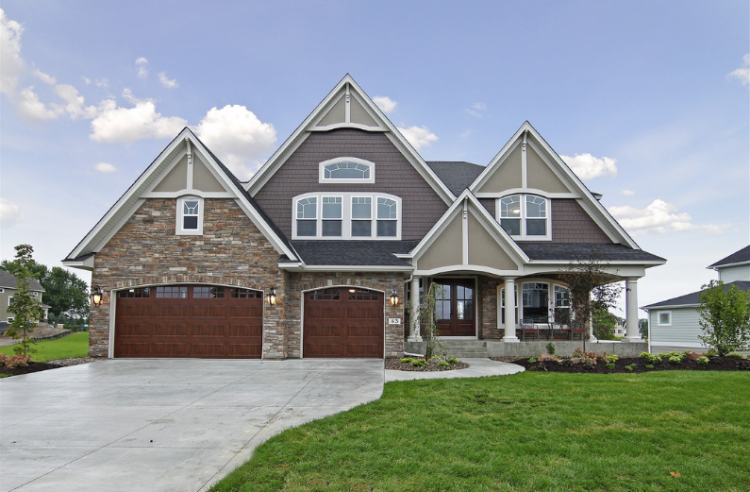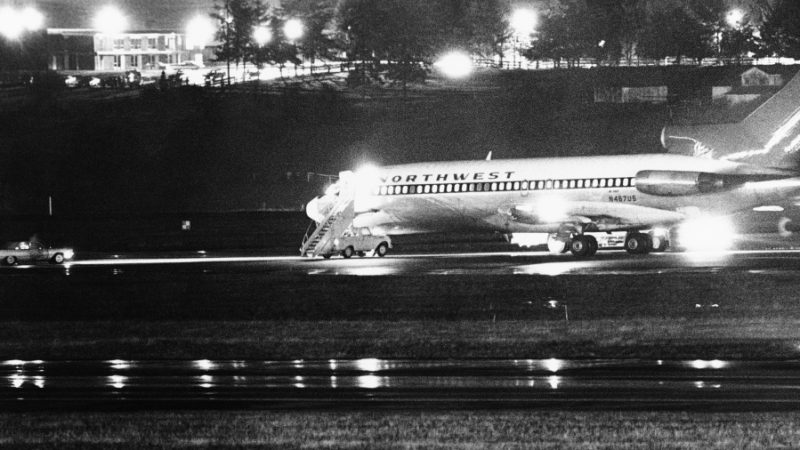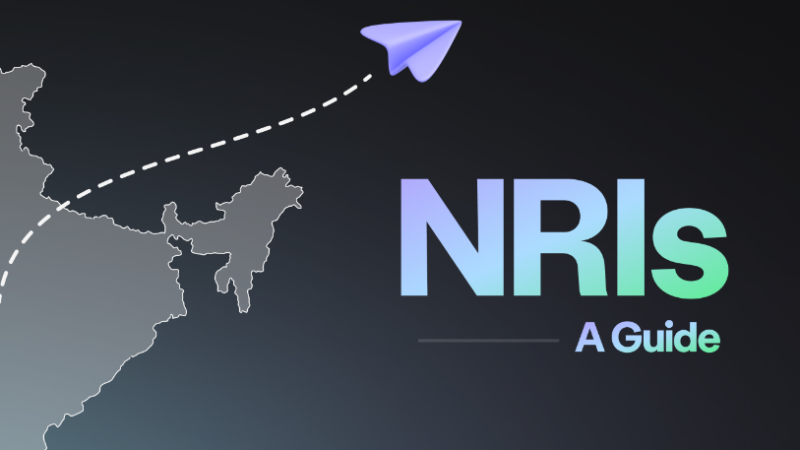Unraveling the Impact: Federal Way’s Struggle with Shootings and the Quest for Solutions

In recent years, Federal Way, a suburban city nestled between Seattle and Tacoma in Washington state, has grappled with an alarming rise in incidents involving gun violence. The community, once known for its tranquility, has found itself thrust into the national conversation surrounding the complex issue of shootings. This article aims to explore the factors contributing to the surge in shootings in Federal Way, the impact on the community, and the ongoing efforts to address and curb this concerning trend.
The Rise in Shootings:
Federal Way, like many other urban and suburban areas across the United States, has experienced a noticeable increase in shootings. The reasons behind this surge are multifaceted, encompassing socio-economic factors, accessibility to firearms, and the influence of external elements such as gang activity. As a community once shielded from such incidents, the rise in shootings has left residents and local authorities grappling with a sense of urgency to find effective solutions.
Socio-economic Factors:
One crucial aspect contributing to the rise in shootings is the socio-economic landscape of Federal Way. Economic disparities, lack of access to quality education, and limited job opportunities have left certain segments of the population feeling marginalized and disenfranchised. As a result, some individuals may turn to criminal activities, including involvement in gangs or illicit trades, as a means of survival or empowerment. Understanding and addressing these underlying issues are essential steps in developing long-term solutions to the problem.
Access to Firearms:
The ease with which individuals can access firearms is another factor exacerbating the issue of shootings in Federal Way. Washington state’s relatively lenient gun laws, when compared to neighboring states, contribute to the proliferation of firearms. The presence of unregistered or illegally obtained guns further complicates law enforcement efforts. Addressing the root causes of gun violence must involve a comprehensive examination of existing gun control measures and their effectiveness in preventing the illicit acquisition of firearms.
Gang Activity:
Gang-related incidents play a significant role in the rise of shootings in Federal Way. The allure of belonging to a community, albeit a criminal one, can be powerful for individuals facing socio-economic challenges. Local law enforcement agencies are actively working to dismantle these gangs, but the complex nature of gang affiliations requires a multi-pronged approach that includes community outreach, education, and rehabilitation programs.
Impact on the Community:
The surge in shootings has left an indelible mark on the Federal Way community. Residents, once accustomed to a sense of security, now face heightened anxiety and fear. Public spaces, which were once havens for families and individuals, have become scenes of tragedy. The toll on mental health is palpable, with residents grappling with trauma and grief. Moreover, the negative publicity surrounding the shootings has the potential to impact property values and local businesses, further compounding the challenges faced by the community.
Community Response and Initiatives:
Federal Way residents and local authorities have not remained passive in the face of this crisis. Grassroots movements, community organizations, and concerned citizens have joined forces to address the root causes of shootings. Initiatives such as mentorship programs for at-risk youth, job training opportunities, and neighborhood watch programs have gained traction. These efforts emphasize the importance of community engagement and collaboration as integral components of a holistic approach to curbing gun violence.
Law Enforcement Strategies:
Local law enforcement agencies have implemented targeted strategies to combat the surge in shootings. Increased police presence in high-crime areas, intelligence-led policing, and collaboration with federal agencies have been central to these efforts. Additionally, community policing initiatives aim to build trust between law enforcement and residents, fostering an environment where information can be shared without fear of retribution.
Conclusion:
Federal Way’s struggle with shootings underscores the intricate web of factors contributing to gun violence in communities across the United States. Addressing socio-economic disparities, reevaluating gun control measures, and combating gang activity are crucial steps in the journey toward creating a safer and more secure environment for residents. The resilience of the Federal Way community, as demonstrated through grassroots initiatives and collaborative efforts, offers hope for a future where the specter of gun violence is replaced by a renewed sense of unity and security. The road ahead is undoubtedly challenging, but with concerted efforts from residents, community leaders, and law enforcement, Federal Way can rise above its current struggles and build a safer, stronger future.
: What has contributed to the increase in shootings in Federal Way? A1: The increase in shootings in Federal Way can be attributed to various factors, including socio-economic disparities, accessibility to firearms, and the influence of gang activity. Economic challenges, limited opportunities, and lax gun control measures have all played a role in the surge of gun violence.
Q2: How have socio-economic factors impacted the rise in shootings? A2: Socio-economic factors, such as economic disparities, lack of access to quality education, and limited job opportunities, have left certain segments of the population feeling marginalized. Some individuals may turn to criminal activities, including involvement in gangs or illicit trades, as a means of survival or empowerment, contributing to the increase in shootings.
Q3: Are there specific gun control measures in place in Federal Way? A3: While Washington state, where Federal Way is located, has certain gun control measures, some argue that they are relatively lenient compared to neighboring states. The ease of obtaining firearms, both legally and illegally, has contributed to the proliferation of guns in the community, exacerbating the issue of shootings.
Q4: How prevalent is gang activity in Federal Way, and how does it contribute to shootings? A4: Gang activity is a significant factor contributing to shootings in Federal Way. The allure of belonging to a community, even if it is a criminal one, can be powerful for individuals facing socio-economic challenges. Local law enforcement agencies are actively working to dismantle these gangs through various strategies, recognizing the need for a multi-pronged approach.
Q5: What impact has the surge in shootings had on the Federal Way community? A5: The surge in shootings has left an indelible mark on the Federal Way community. Residents, once accustomed to a sense of security, now face heightened anxiety and fear. Public spaces have become scenes of tragedy, impacting the mental health of residents. Additionally, the negative publicity surrounding the shootings has the potential to affect property values and local businesses.
Q6: How are residents and local authorities responding to the issue of shootings? A6: Residents and local authorities in Federal Way have not remained passive in the face of the crisis. Grassroots movements, community organizations, and concerned citizens have joined forces to address the root causes of shootings. Initiatives such as mentorship programs, job training opportunities, and neighborhood watch programs have been implemented to foster community engagement and collaboration.
Q7: What strategies are law enforcement agencies employing to combat shootings in Federal Way? A7: Local law enforcement agencies in Federal Way have implemented targeted strategies to combat shootings. These include increased police presence in high-crime areas, intelligence-led policing, and collaboration with federal agencies. Community policing initiatives are also being employed to build trust between law enforcement and residents, creating an environment where information can be shared without fear of retribution.
Q8: Is there hope for a reduction in shootings in Federal Way? A8: Despite the challenges, there is hope for a reduction in shootings in Federal Way. The community’s resilience, demonstrated through grassroots initiatives and collaborative efforts, suggests a commitment to creating a safer and more secure environment. Addressing the underlying issues and fostering a sense of unity and security through community-driven solutions can pave the way for a positive change in the future.






